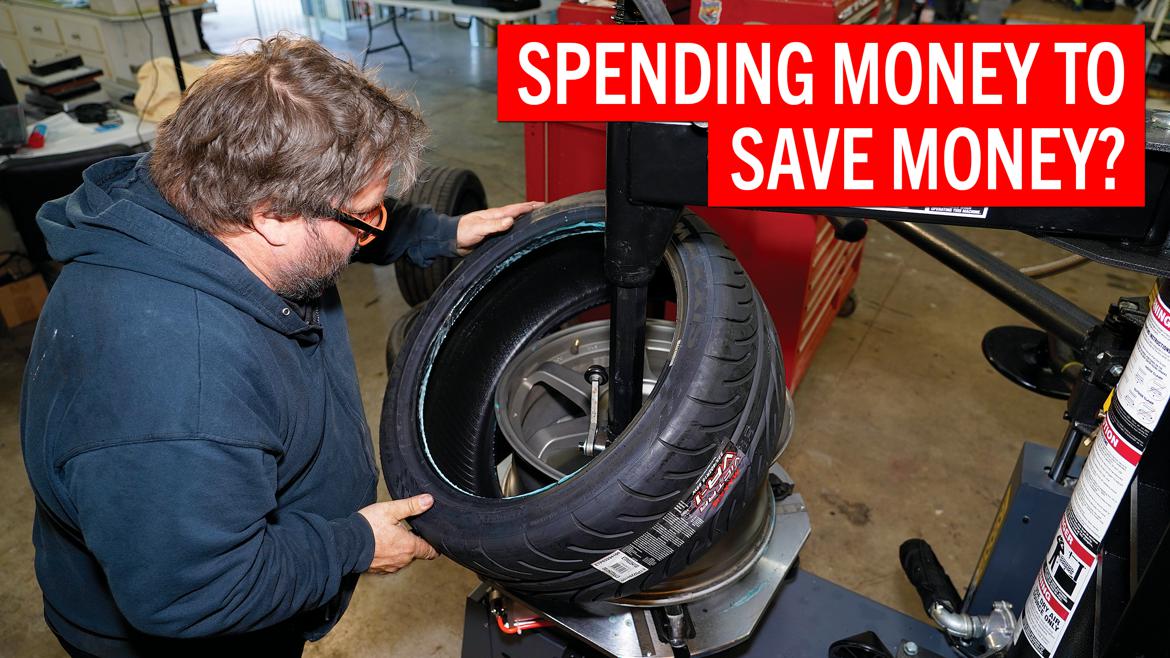Several things. First and foremost, when I read the article, there is no mention of "nano" in it. The spheres are an order of magnitude larger than typical nanotechnology fullerenes, two orders larger than a typical carbon nonosphere. Carbon was the first known NT material, typically a 60 atom sphere, a "Buckminster fullerene," or "Buckey Ball" as they are known. Their structure looks just like a soccer ball with the alternating hexagrams and pentograms. A C60 fullerene is about 10 Angstroms in diameter.......or 1 nanometer, or 0.001mm. I may be mistaken, but I do not believe the structure of the substance in the article is a fullerence, which is what defines nanotechnology.
Second, NT (the real, known stuff) has been researched in oils for 10 years or so. SOme of the earlier research was not very favorable. However, more recent research has been much more favorable. Full disclosure, I'm the importer/NA distributor of Millers Oils. Millers introduced NT in gear oils in 2009, and has been recognized with some very prestigious awards, mostly in Europe (they are British). SAE has published a few articles on them, http://articles.sae.org/11201/ - Nano-based lubricant from Millers Oils......, http://articles.sae.org/12798/ - Oiling the Way to Greater EV Efficiency, and most recently http://articles.sae.org/13903/ - Racing to Solve the Lubrication Challenges of Start-Stop Engines.
Now for the technical aspects of the paper. You absolutely CANNOT extrapolate reduction in wear to fuel economy as they state. The mechanisms are COMPLETELY different. Wear occurs from boundary lubrication, when you have metal to metal contact. That occurs in very few places in the engine. It does occur at start up. It occurs very infrequently in the cranktrain, but only with the thinner and thinner oils to which we are migrating, and under extreme circumstances. It does occur in one place on a regular basis, the piston ring/cylinder interface, BUT......only close to TDC and BDC. The mechanism is that when the piston stops and changes direction, the hydrodynamic wedge breaks down. Everywhere else in the engine, you have hydrodynamic lubrication, meaning a film of oil separates the metal components. Furthermore, only about 20-30% of IMEP is lost to FMEP. The means there ALL sources of friction, including pumping losses of air and coolant, is on the table. Of all sources, the piston and rod assembly is roughly 30% of the total. That means that your opportunity for FMEP reduction is under 10%. Now if you reduce the coefficient of friction by half, then you are talking 5%. This is oversimplifying it to a large degree, as it doesn't account for partial load, or lower than peak power RPM. But it should be enough to give a good idea.....
*IMEP - Indicated Mean Effective Pressure. That is how much specific/normalized torque (torque per unit volume) an engine makes before frictional losses. Thermal efficiencies are already accounted for at this point, but mechanical efficiencies are not. FMEP, or Friction Mean Effective Pressure is specific torque lost to friction. BMEP, or Brake Mean Effective Pressure is specific torque as rated.
Health concerns. First, the concentrations in the finished product are WAY less than in the article mentioned. Precise amount is proprietary. Second, the concerns raised and being researched by the CDC and NIOSH are for nanotubes and nano-fibers, and NOT nanospheres. Papers specifically call out "large aspect ratio" structures. The belief is that the feature size is too small (the NT used in Millers is layered, unlike a C60, so it can be 30-100nm) to be able to pierce cells the way that asbestos does. I am only left to speculate here, but the tubes and fibers can become oriented like needles, whereas spheres can't really be oriented in such a way that they can cause lacerations in cells. NOt an expert, I'm an engineer, not a biologist! Third, the feature size of the sphere is so small that it is NOT going to become airborn. Van-der-Waals forces will keep the NT particles sticking to surfaces. The NT in the Millers quickly migrates to the metal surfaces in the engine, and stays there, even after the oil is drained (it will eventually be depleted if a non-NT oil replaces the NT stuff). This is why it takes TONS less than 3% of NT for it to work (and higher concentrations have actually shown to be detrimental from early research). But more importantly, there is virtually zero risk to exposure of this stuff if you use it in an oil. The only real concerns NIOSH has is for workers exposed to it (again, not the spherical form) in its manufacture.
The articles linked mention wear reduction a few times. And Millers has shown that the oil's coefficient of friction can be cut nearly in half. But like I said, it doesn't correlate directly to fuel economy. Many dyno tests have been run by 3rd parties, and we've seen up to a 5% increase in peak power over fully synthetic street oils. 1-2% over other similar race oils is more typical.
FWIW, so y'all can gauge the competence of my comments, I have a couple of degrees in Materials Engineering from Georgia Tech, and did engine development for Ford for 7 years before relocating and doing what I do now.









































